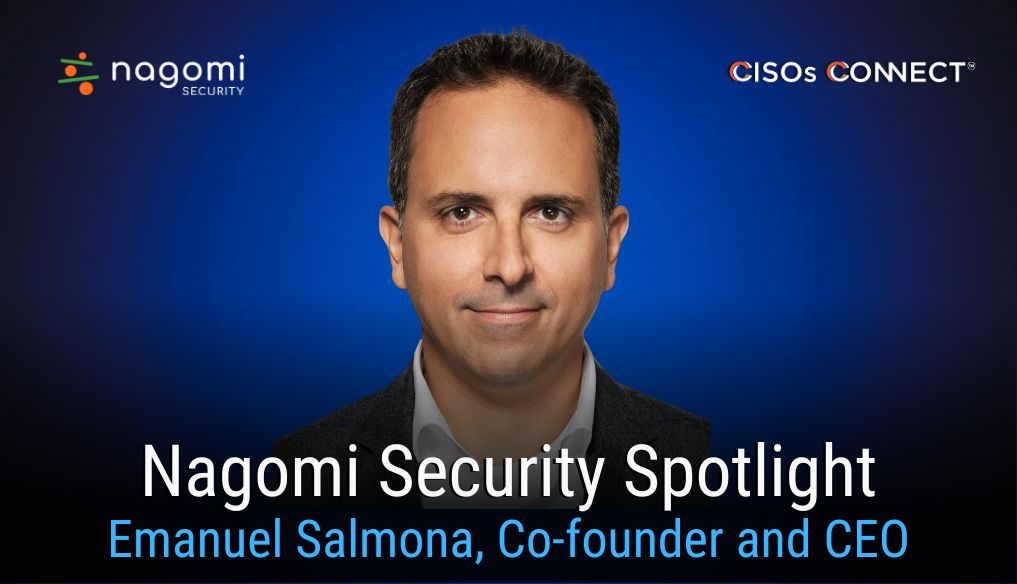
The problem Nagomi Security has set out to solve is one that has been dogging companies for years: how to stay ahead of attackers by maximizing the effectiveness of fragmented and diverse security stacks.
Historically, companies have tried to solve this problem manually, working with Excel spreadsheets, or by buying additional tools that address the problem piecemeal.
What sets Nagomi apart is its analytical approach, said CEO Emanuel Salmona. Its platform provides end-to-end visibility on how efficiently tools are configured to combat threats, while offering prescriptive remediation plans that allow security teams to reduce threat exposure using existing tools.
“We’re tapping into the telemetry we’re able to collect from their existing tools,” Salmona said. “This data-driven and analytical approach allows us to deliver the value rapidly and to many more organizations.”
The platform enables customers to maximize existing investments by pointing out gaps, redundancies and overlaps on existing tools. It also helps organizations become more threat informed, and increase their resilience to what’s out there in the wild, Salmona said.
“You hear about breaches all the time,” he said. “Our platform helps customers take that information and operationalize it in their environment to close their defenses in a more effective way, and be more proactive in terms of what they’re trying to achieve.”
Security teams can then take all this telemetry to effectively communicate the effectiveness of their security program to other stakeholders.
“One of the biggest questions that systems are asking themselves today is how effective is my program,” Salmona said. “I want to show the other business stakeholders that I’m moving the needle given all the investment that I received. I also want to be able to share where we have gaps, and what we are doing to resolve them.”
Salmona said Nagomi’s founders “fell in love” with this particular problem because in their previous roles, they discovered that enterprises were frustrated that they couldn’t answer two simple questions, despite all the tools in their stacks: Are these tools providing the expected level of protection, and how are they protecting against the threats the organization cares about?
“In each and every meeting we had, those enterprises were all saying, this is one of our biggest problems, and there is just no solution out there that is able to do it,” he said. “So we embarked on the journey to find a different approach, a new solution, a new angle to solve this problem.”
Nagomi – which just emerged from stealth mode six months ago — was founded in January 2023 by Salmona, Jonathan Meler and Shai Mendel, all veterans of Israeli military cyber units and various cyber startups. Numbering among its strategic and financial investors are CrowdStrike and Okta, Israeli venture capital firm Team8, and prominent Israeli angel investors.
Customers are based in North America and Europe, largely from manufacturing and industrial, financial services and media. They include mining giant BHP, International Flavors & Fragrances, the Axel Springer media company, global law firm HFW and WELL Health Technologies.
Nagomi is targeting organizations that have 1,000-3,000 employees and upwards; security teams of at least three to five people; and a minimum level of maturity in their security programs. But it also works with small companies that have mature security programs.
Israel’s war in the Gaza Strip was “really tough on the Tel Aviv office” in the first four to eight weeks, but the R&D operations in London kept on working continuously and were able to cover for projects being worked on in Israel, he said. But the war hasn’t hurt business, he added.
Trends that Nagomi has identified in the cyber industry include a move away from compliance-based security.
“Organizations aren’t just buying tools for the sake of having it – they actually want to be secure and to prove they’re secure,” Salmona said. “The SEC and many other regulatory environments are actually looking into making sure that if a company says it’s doing something, that it’s actually doing it effectively.”
Insurance companies are doing the same, he said.
“Some organizations have been mitigating risk by just having very good insurance policies,” Salmona said. “But what we’re seeing is that cyber insurance is going to become much more data driven, and they’re going to ask much more in-depth questions. Not only do you have multifactor authentication, but how are you using it? How effective is it? Show me some sort of evidence.”
He also sees organizations moving away from reactive security.
“We’re moving towards proactive security, which means let’s get ahead of the curve. Let’s make sure that we’re more resilient before an adversary takes any action. Let’s make sure that if we could prevent it, that we prevent it before we actually get to the detection mode, and we use those tools that we already have to put those controls and capabilities in place.
“Our belief is that the vast majority of security breaches could have been prevented in the first place given the security tools that we all have,” Salmona said. “Our objective is to make sure that if we already have made all these investments, let’s make sure that we don’t get breached if we could have prevented it.”
